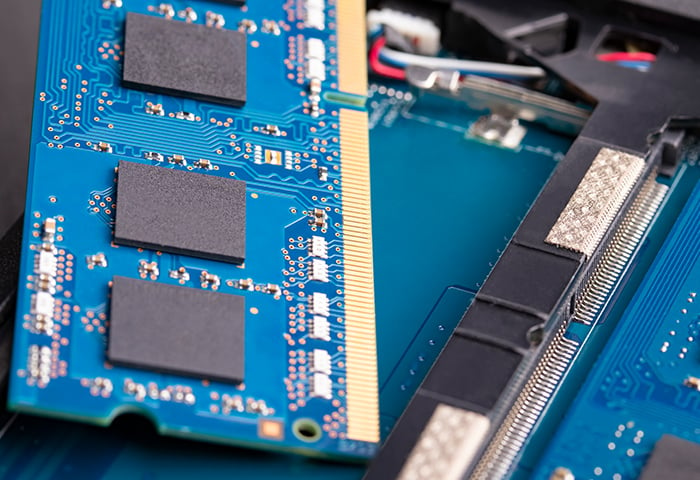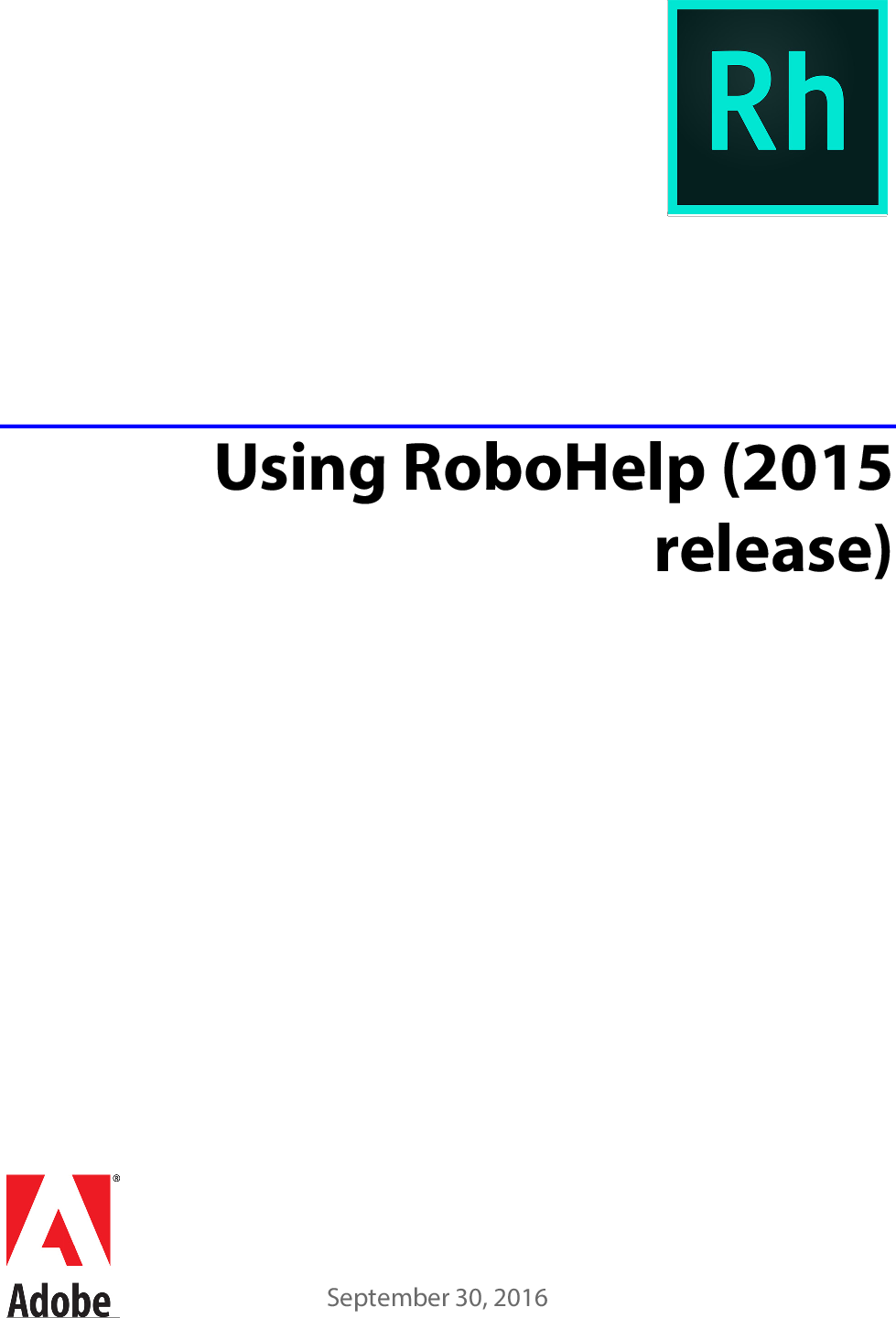Somehow, your Mac is getting slow. After clicking on the app, you have to wait for a while before it pops up. The Inactive memory is used by recently active and apps. Mac keeps it reserved in case you want to open the program again. What if there is no enough memory for these behaviors? Then you will encounter the situation as we mentioned at the beginning of this article. Before it pops up, why not read this and follow the tips to free up your Mac memory? After this, you may have a good performance for your Mac. Here is how you can clear RAM on Mac.
How Do I Clear Ram On My Mac
In this tutorial we will show you how to easily clean the Cache memory on MAC OSX (Mac OS / MacOS / Mac OSX) in order to speed it up and free up some space. So read on to learn the best way to free up memory on Mac. You can use Memory Cleaner to clear RAM on Mac with just one click. Also, the apps can automatically clear RAM each time your Mac is running out of free memory or each time you close apps that are using a lot of memory. So follow these steps to free up RAM on Mac: Launch Memory Cleaner. Open your Desktop (Command + F3) and delete screenshots. In Applications, sort your apps by size. Delete the largest ones. Restart your Mac to free up RAM.
How to free up Mac memory manually?

1. Open launchpad and Find the Activity Monitor
2. Check the details from the Monitor
3. Choose to close the unwanted app & activity
How to free up Mac memory in an easier Way?

How To Free Up Ram Windows 10
Obviously, it is pretty inconvenient if you try to free up the memory as you have to close them one by one. Why not do it in a simple and automatic way? Published by IObit, world's top system utility and security software provider since 2004, MacBoostercomes with the feature to free up and optimize your Mac memory. Here is how you can do it with MacBooster easily:
1: Download MacBooster 7 and open it
2: Go to the Memory Clean module
3: Choose Clean to let MacBooster optimize autumnally
4: Or choose details and close the app manually
It targets to speed up your Mac by releasing memory. It presents both Free and Used memory information. Once clicking the Clean button at the bottom center part of the window, you will get more available memory to start your applications faster. However, you are not recommended to release it frequently.
Clicking the Details button guides you to an intuitive memory usage window where you can quickly find out the processes that occupy high memory and close them to boost your Mac performance.
We hope that this article will help you to free up more memory for your Mac. Then you can enjoy a faster performance from your Mac. MacBooster can always get it done in just one click. What’s more, it comes with other useful functions, like system junk files removal (remove over 20 types of junk files), Virus & Malware Scan, Startup optimization, Duplicate finder, Photo sweeper, etc. You can always use it to get your Mac tide and safe. So there you have it. Just try it now and speed up your Mac easily!
Memory Clean Mac Review
Check out more useful tips:
Firstly, the term 'memory' refers to your RAM, not your storage space. The space on your hard drive is called 'storage' space.
Secondly, I'll assume you mean your hard drive:
Freeing Up Space on The Hard Drive
1. See Lion/Mountain Lion/Mavericks' Storage Display.
2. You can remove data from your Home folder except for the /Home/Library/ folder.
3. Visit The XLab FAQs and read the FAQ on freeing up space on your hard drive.
4. Also see Freeing space on your Mac OS X startup disk.
5. See Where did my Disk Space go?.
6. See The Storage Display.
You must Empty the Trash in order to recover the space they occupied on the hard drive.
You should consider replacing the drive with a larger one. Check out OWC for drives, tutorials, and toolkits.
Try using OmniDiskSweeper 1.8 or GrandPerspective to search your drive for large files and where they are located.
May 7, 2014 6:25 PM
